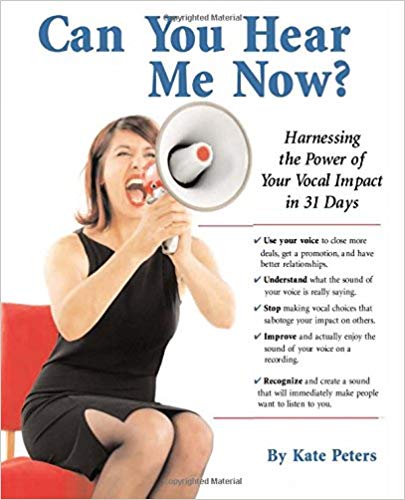The Brainpower of Story
“Let’s talk story.” That’s an invitation you might hear if you are in Hawaii. It’s a pidgin phrase that means to be together, not just chatting but sharing experiences, finding commonalities and connecting with each other. What I love about the phrase is that it captures why storytelling is so powerful. Story creates connection. Humans have been talking Story for thousands of years, but science is now helping us understand what Story does for us.

Story is more than a timeline of events. It is an experience that immerses us in life. Story connects us with strangers and can increase empathy. This is what the work of neuroscientist Paul Zak and his colleagues at Claremont Graduate School confirmed. They’ve spent years studying why stories move us to tears, change our attitudes, and change our brains. They’ve confirmed that this does in fact happen, but it takes a special kind of Story– one that immerses us. “Immersion is a neurologic state provoked by an experience that is unexpected, emotionally charged, narrows one’s focus to the experience itself, makes the experience easy to remember, and provokes action.”
And what causes this immersion? Intrigue, challenges, and emotion. We remember Story that engages us emotionally because it uses more of the brain than a slate of facts. Story that is personal helps us learn from each other’s experiences and our brains want to learn. In fact, because of the way our brains are put together, learning through Story may also enhance memory retention up to seven-fold. We also know, from other research, that the more we can relate to a story, the more likely it is that our brains will couple with the storyteller’s brain– connect.
Personal, emotionally charged Story catches our attention, is likely to immerse us in the experience and leads to greater learning.
Not a bad recipe for engaging an audience to persuade them to an idea or perspective. And the formula is simple – create a story with a narrative arc. Not all stories use this exact form, but this is a great place to start.For more on Story and form, please see From Information to Imagination, Delivering a good Story
Story Resources:
How Stories Light Up Your Listeners
Connect with us on LinkedIn
Connect with the author on LinkedIn
File ID 65946793 | © Chakrapong Worathat | Dreamstime.com




